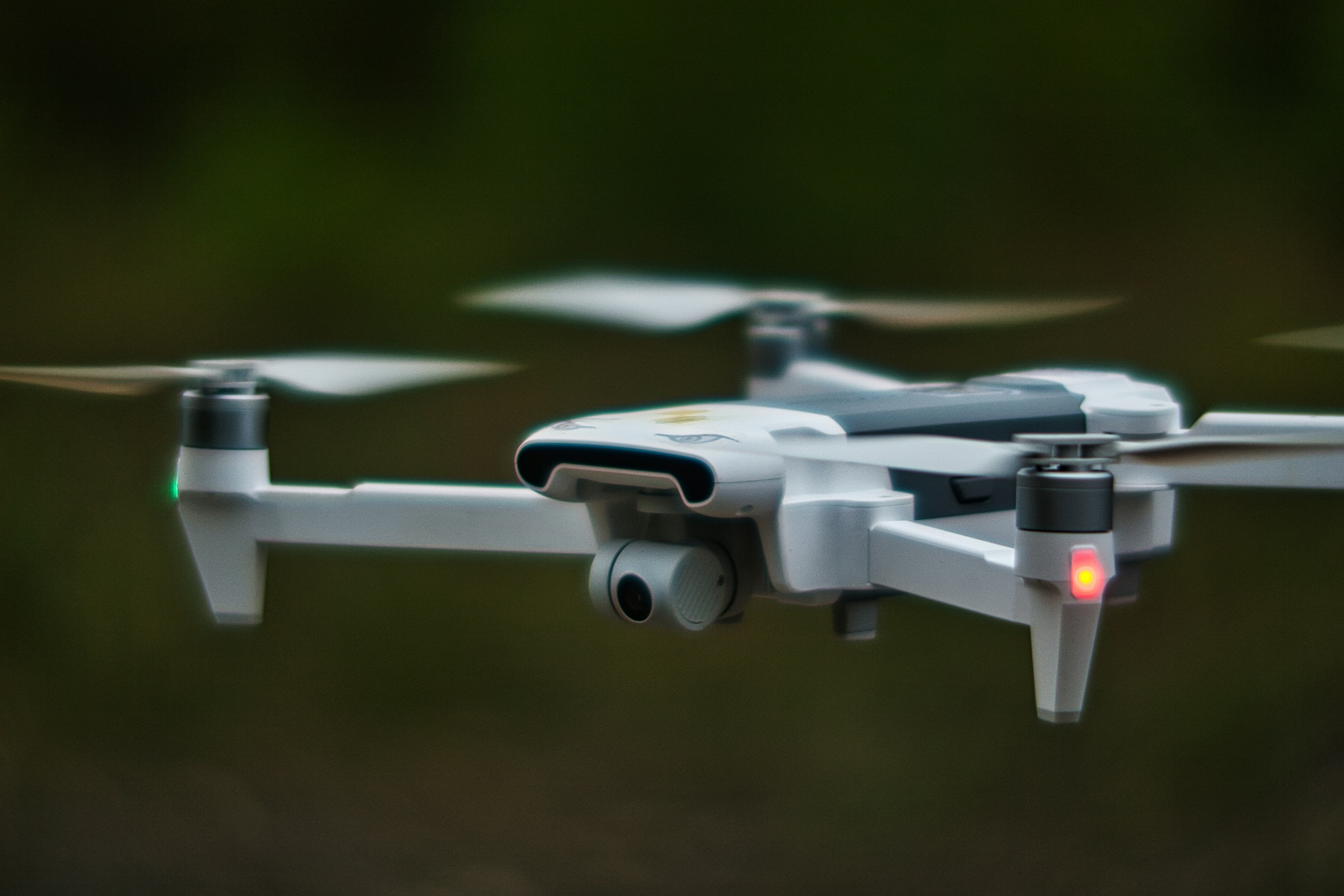Job Description:
Job Description
*Candidates must be a sole UK national/British citizen and have resided in the UK for the past 5 to meet current security clearance requirements*
This role is onsite in Erskine or Farnborough and requires the candidate to cover 12 hr rotational shift 4 on 4 off pattern.
The Tier 2 Cyber Security Analyst is a mid-Tier position within the Cyber Threat Analysis Centre (CTAC), responsible for advancing the initial work conducted by Tier 1 Analysts and providing more in-depth analysis of potential threats to the organization. This role is crucial in the escalated investigation, triage, and response to cyber incidents while supporting the development and training of Tier 1 Analysts.
The Tier 2 Analyst works closely with senior and junior analysts to ensure a seamless SOC operation and acts as a bridge between foundational and advanced threat detection and response functions.
Responsibilities:
Conduct escalated triage and analysis on security events identified by Tier 1
Analysts, determining threat severity and advising on initial response actions.
Apply expertise in SIEM solutions utilizing Kusto Query Language (KQL), to perform log analysis, event correlation, and thorough documentation of security incidents.
Identify and escalate critical threats to Tier 3 Analysts with detailed analysis for further action, ensuring rapid response and adherence to service Tier objectives (SLOs).
Investigate potential security incidents by conducting deeper analysis on correlated events and identifying patterns or anomalies that may indicate suspicious or malicious activity.
Use OSINT (Open-Source Intelligence) to enrich contextual data and enhance
detection capabilities, contributing to a proactive stance on emerging threats.
Monitor the threat landscape and document findings on evolving threat vectors, sharing relevant insights with CTAC teams to enhance overall situational awareness.
Follow established incident response playbooks, providing feedback for
enhancements and suggesting updates to streamline CTAC processes and improve threat response times.
Coordinate with Tier 3 Analysts and management to refine detection and response workflows, contributing to continuous SOC maturity.
Collaborate with Tier 3 Analysts on tuning SIEM and detection tools to reduce false positives and improve alert fidelity, submitting tuning requests and testing
configurations when necessary.
Identify gaps in current detection content and work with Senior Analysts to develop and validate new detection rules and use cases tailored to the organization’s threat profile.
Act as a mentor to Tier 1 Analysts, offering guidance on triage and analysis
techniques and facilitating on-the-job training to elevate their technical skills and operational efficiency.
Assist in training sessions and knowledge-sharing activities, providing feedback on areas for growth and contributing to a supportive learning environment within the SOC.
Knowledge and Skills
Understands advanced networking concepts, including IP addressing, basic network protocols, and how traffic flows within a network.
Advanced knowledge of Windows and Linux operating environments, including
standard commands, file systems, and user authentication mechanisms.
Competence in using SIEM solutions (e.g., ArcSight, Azure Sentinel) for monitoring and log analysis; some exposure to additional analysis tools such as basic XDR platforms.
Able to demonstrate proficient knowledge using Kusto Query Language (KQL) to search and filter logs effectively.
Familiar with open-source intelligence (OSINT) techniques to aid in identifying
potential threats and gathering information.
Able to communicate clearly and efficiently with team members and stakeholders, both internally and externally, under direction from senior analysts.
Can communicate simple technical issues to non-technical individuals in a clear and understandable way.
Able to create concise, structured reports that outline findings from preliminary investigations and daily monitoring activities.
Able to manage personal workload effectively to ensure timely completion of
assigned tasks within the SOC.
Willing to collaborate with team members, accepting guidance and learning from more experienced analysts.
Shows initiative in learning new technologies and techniques, leveraging internal resources and training to grow professionally.
Able to function efficiently during high-pressure situations, following procedures to ensure consistent performance in incident management.
Education and Professional Experience
• Other IT certifications or experience such as CISSP, COMPTIA CySA+, GCIA, GCIH
Desirable
• IT certifications such as CASP or ITIL
• Experience in a SOC or SOC equivalent
• SC / DV clearance
Other Requirements
• Be willing to undertake SC and / or DV clearance with multiple agencies
• Full Driving Licence
• Fluent in written and spoken English
At DXC Technology, we believe strong connections and community are key to our success. Our work model prioritizes in-person collaboration while offering flexibility to support wellbeing, productivity, individual work styles, and life circumstances. We’re committed to fostering an inclusive environment where everyone can thrive.


